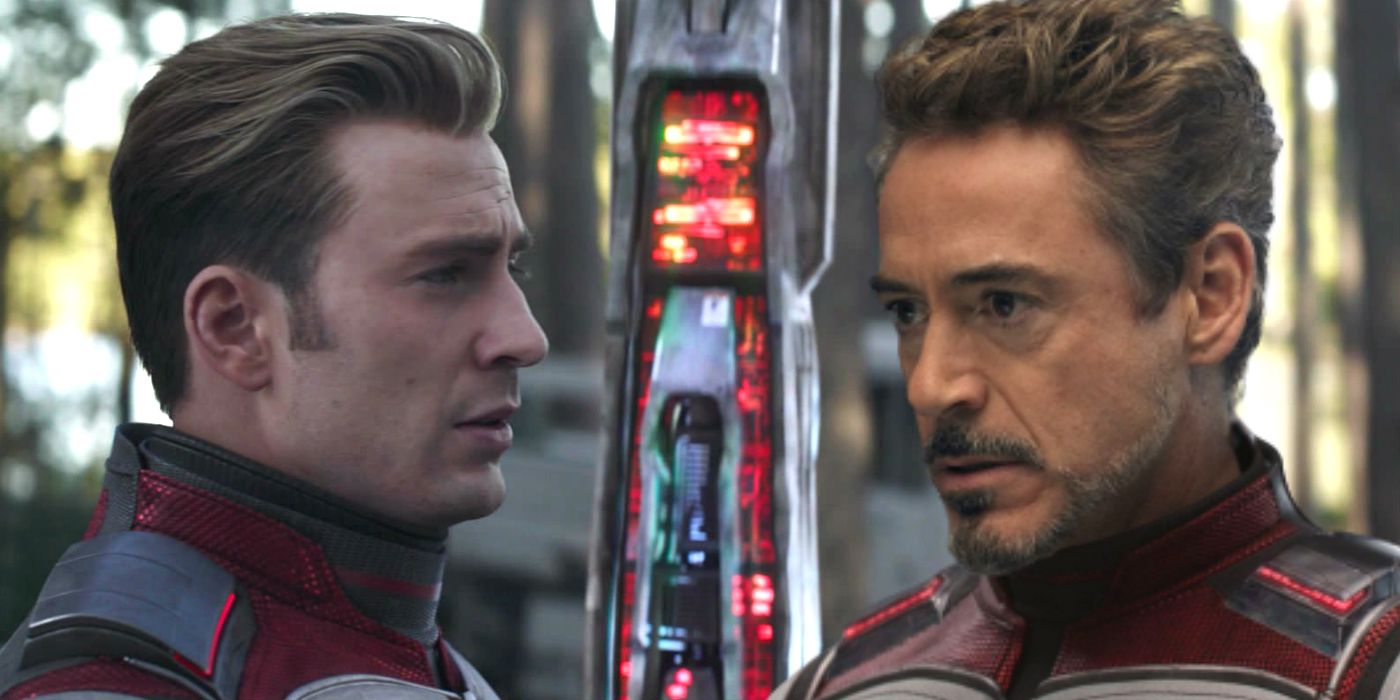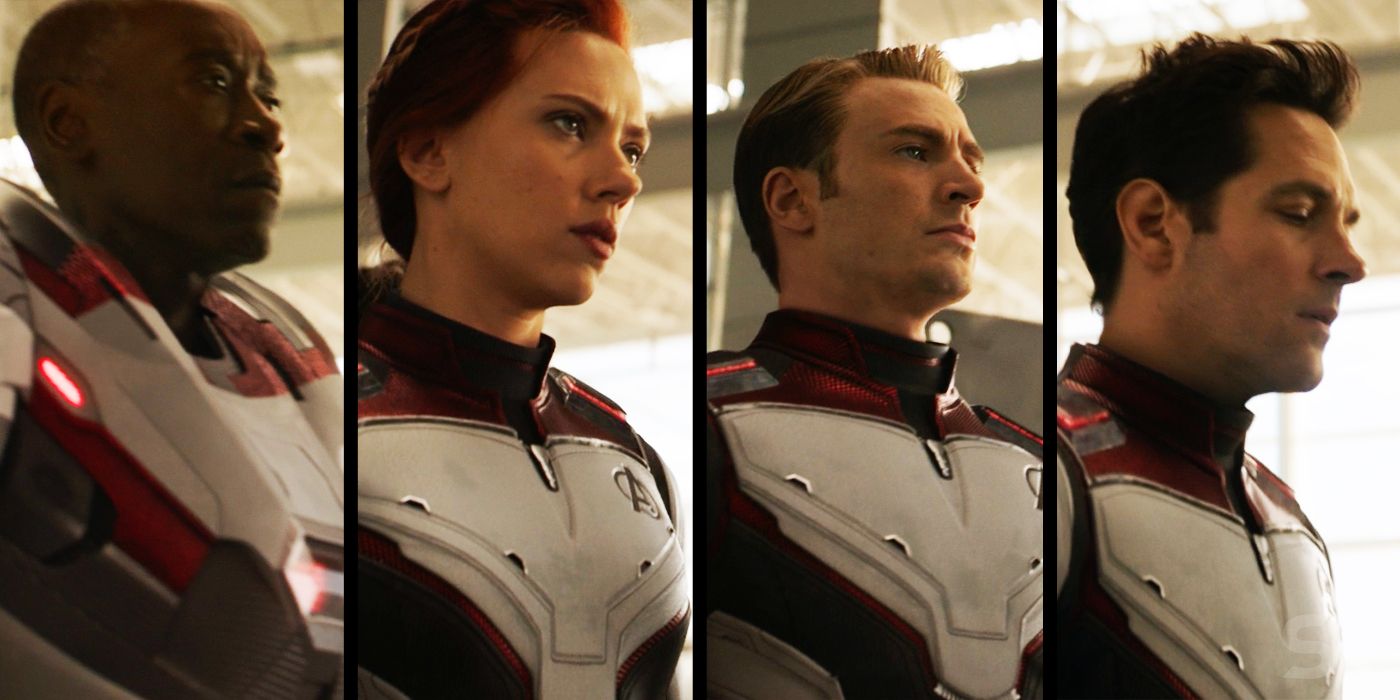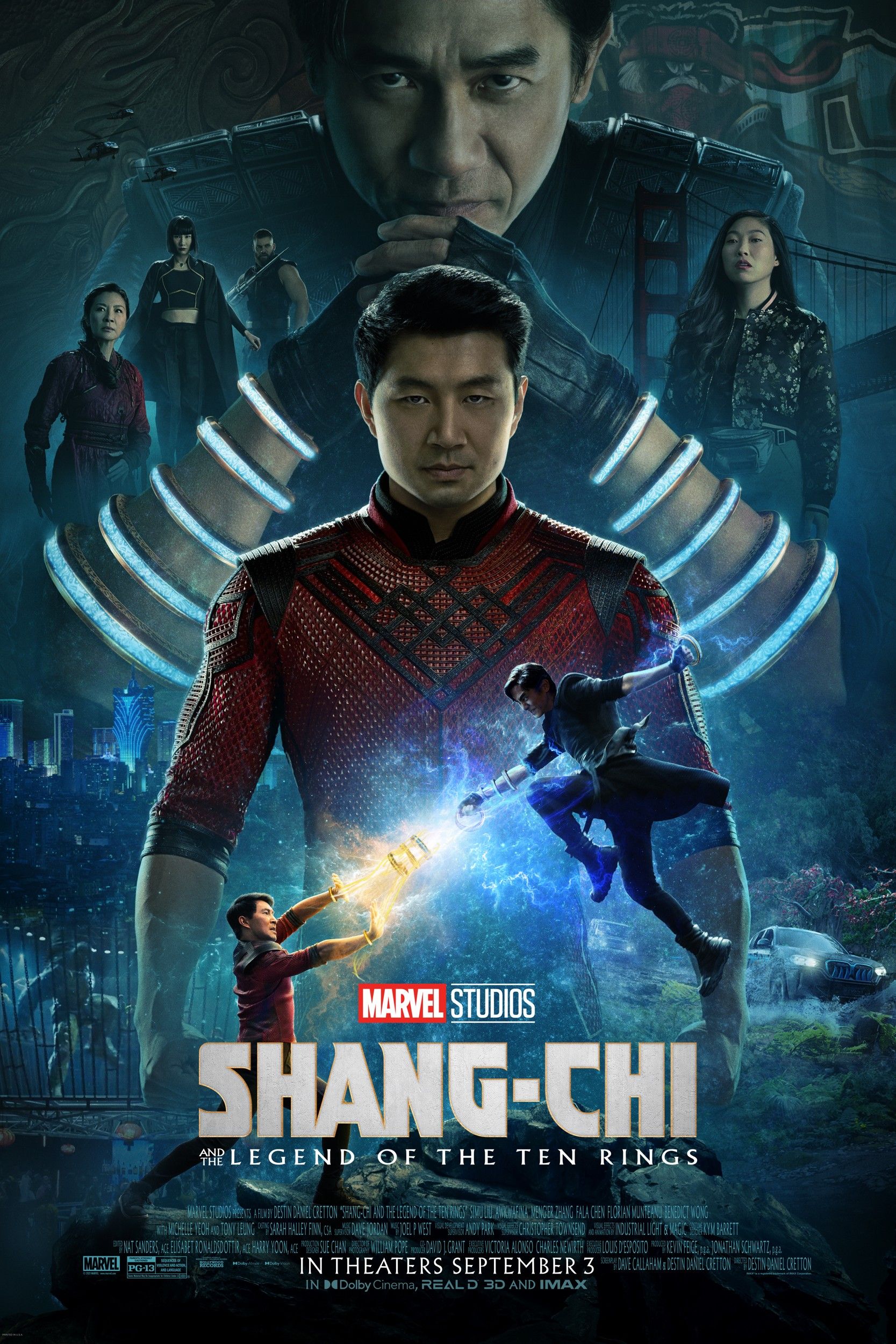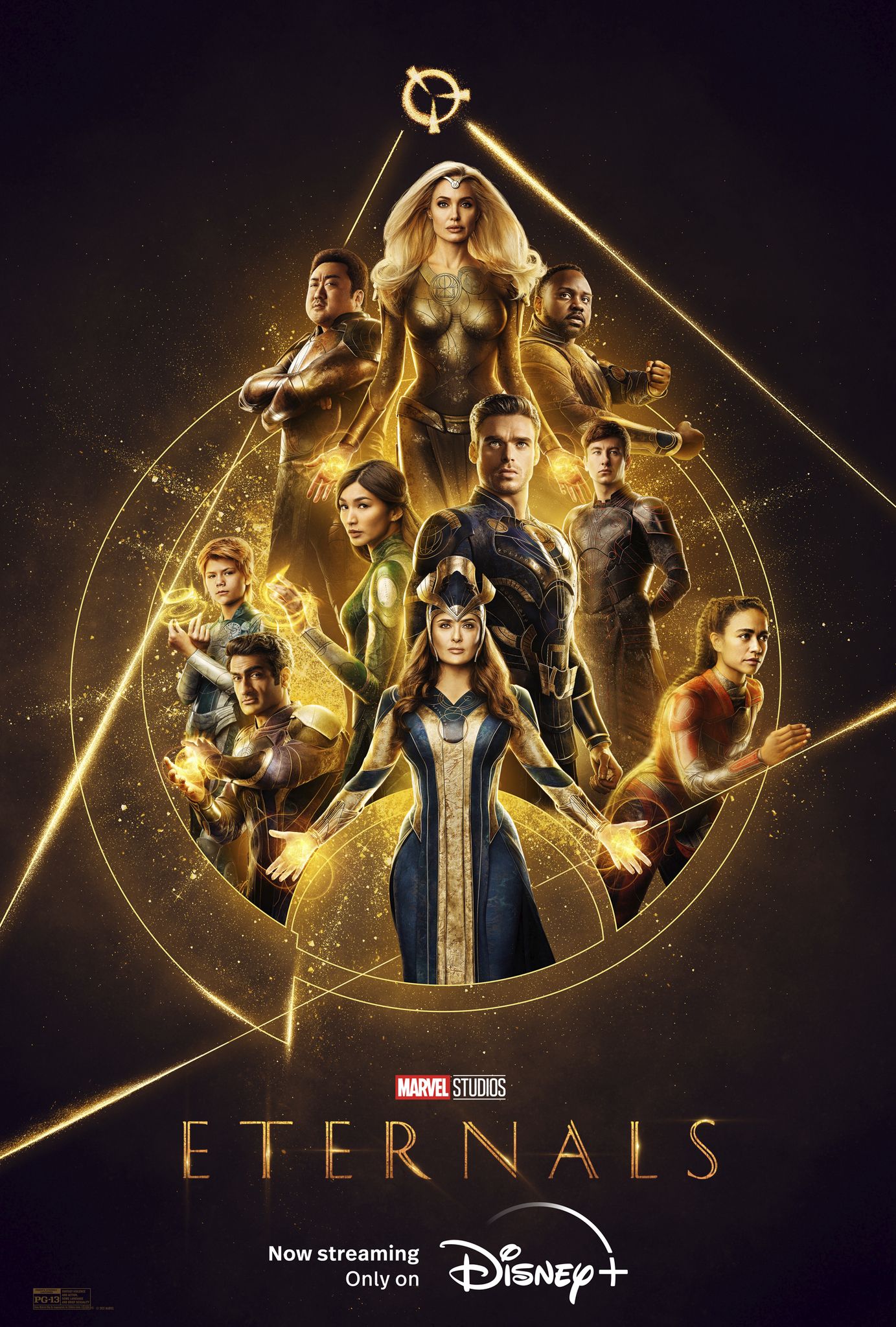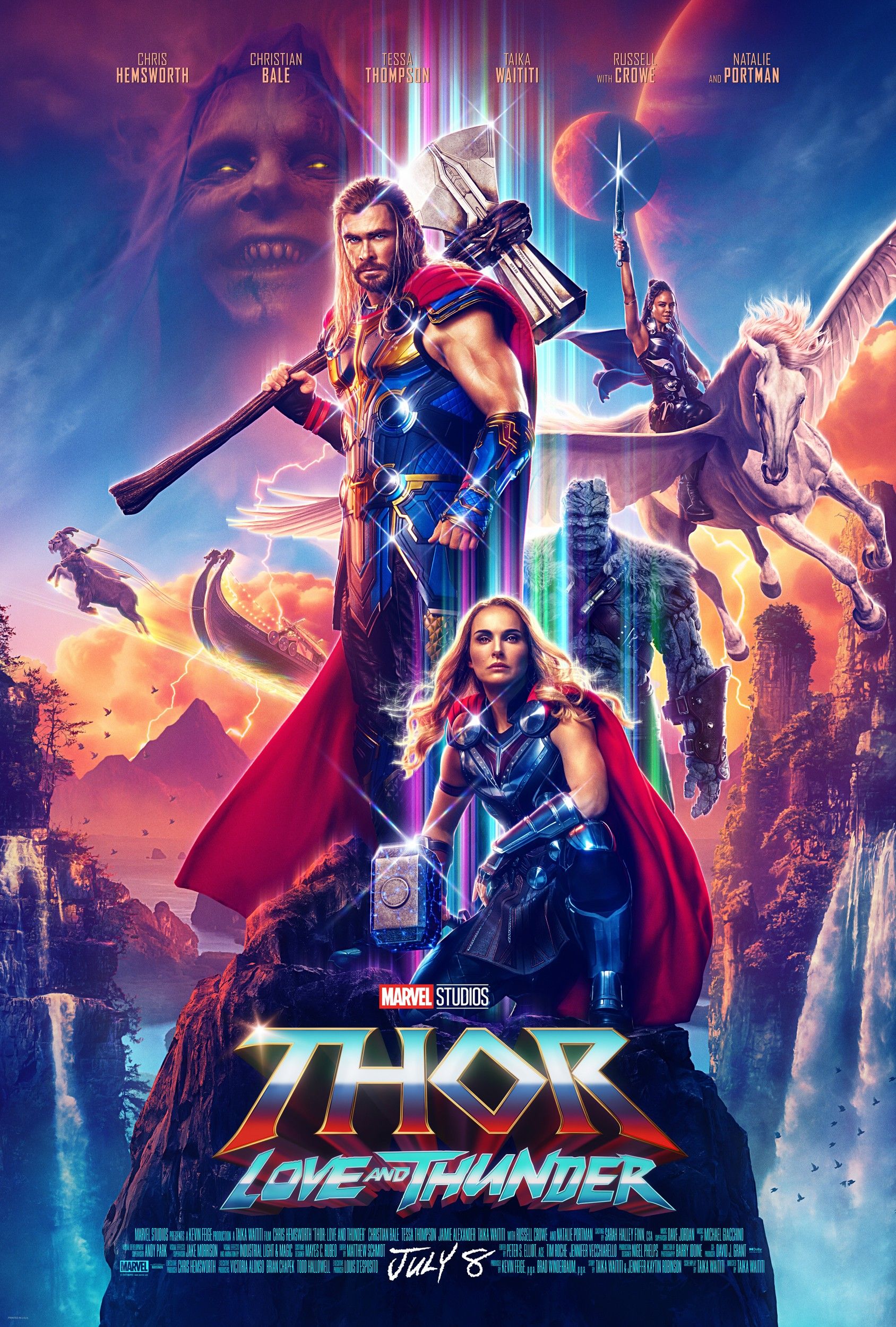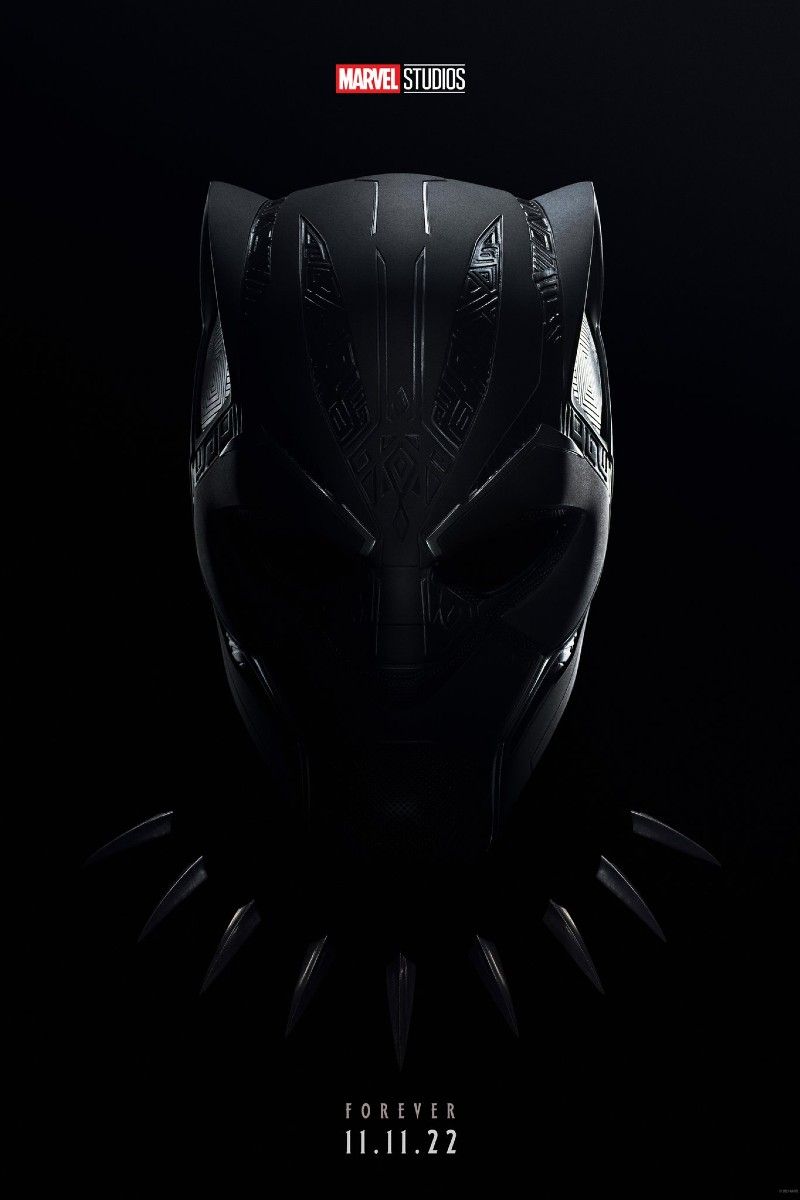The MCU's time travel rules have just become even more confusing than in Avengers: Endgame, courtesy of Tony Stark. Time travel is a popular plot device in sci-fi movies, but it's actually quite a problematic one. Because time travel is essentially theoretical, every franchise establishes its own rules. These can be pretty confusing, and they're typically handled in quite an inconsistent manner, because a movie is a story - not an essay in temporal mechanics.
Take the example of Avengers: Endgame, which established the rules of time travel in the Marvel Cinematic Universe. This committed Marvel to the Multiverse model, revealing branched realities can be created as a result of time travel. Dig into the details, though, and even Endgame's writers and directors don't agree how time travel works. As far as the writers are concerned, only the removal of an Infinity Stone creates a new branch. The directors take a different view, believing any act of time travel can do this - and thus explaining how Steve Rogers travelled back to live his "Happily Ever After" with his beloved Peggy Carter, creating a new branched timeline. Now, though, Marvel has decided to complicate the issue even further - by revealing Tony Stark's own notes on time travel theory.
Marvel has just published The Wakanda Files, a collection of in-universe records compiled by Shuri in the aftermath of Avengers: Endgame. They include an encrypted file Tony Stark stored in the systems at Avengers HQ, discussing his Möbius strip solution. As he explains:
"This kind of theoretical science shouldn't even be testable, let alone presented in a successful simulated system. I find myself re-reading Deutsch's 'Quantum mechanics near closed timelike lines' just to make sure I haven't missed anything. Using this model, altering events of the past could never affect the continuous loop. Though, it could create tangential split-timelines, but let's not worry about that for the time being, right? One reality at a time. For all our sanity."
It's an important statement, appearing to settle the question of whether Captain America's time travel established a new timeline when he decided to go back and spend the rest of his life with his beloved Peggy Carter. According to Tony Stark, the Möbius strip model does not allow for changing the past; it only allows for the theoretical creation of branched timelines. Thus Captain America must have created a new timeline, simply because he had attempted to add a new element - himself - into history.
But here's the catch; far from defining the rules of time travel in the MCU, it is now clear these hold true only using the Stark solution. It's entirely possible other temporal physicists in the MCU will come up with alternative models and technologies, and these may well have a very different effect on the timelines. Stark technology cannot be used to change the past, but that doesn't mean other time travelers couldn't do so using different methods. Given reports Ant-Man 3 will introduce Lovecraft Country star Jonathan Majors as the time traveling villain Kang the Conqueror, that subtle distinction could prove quite important in the future of the MCU.
Every Upcoming Marvel Cinematic Universe Movie

